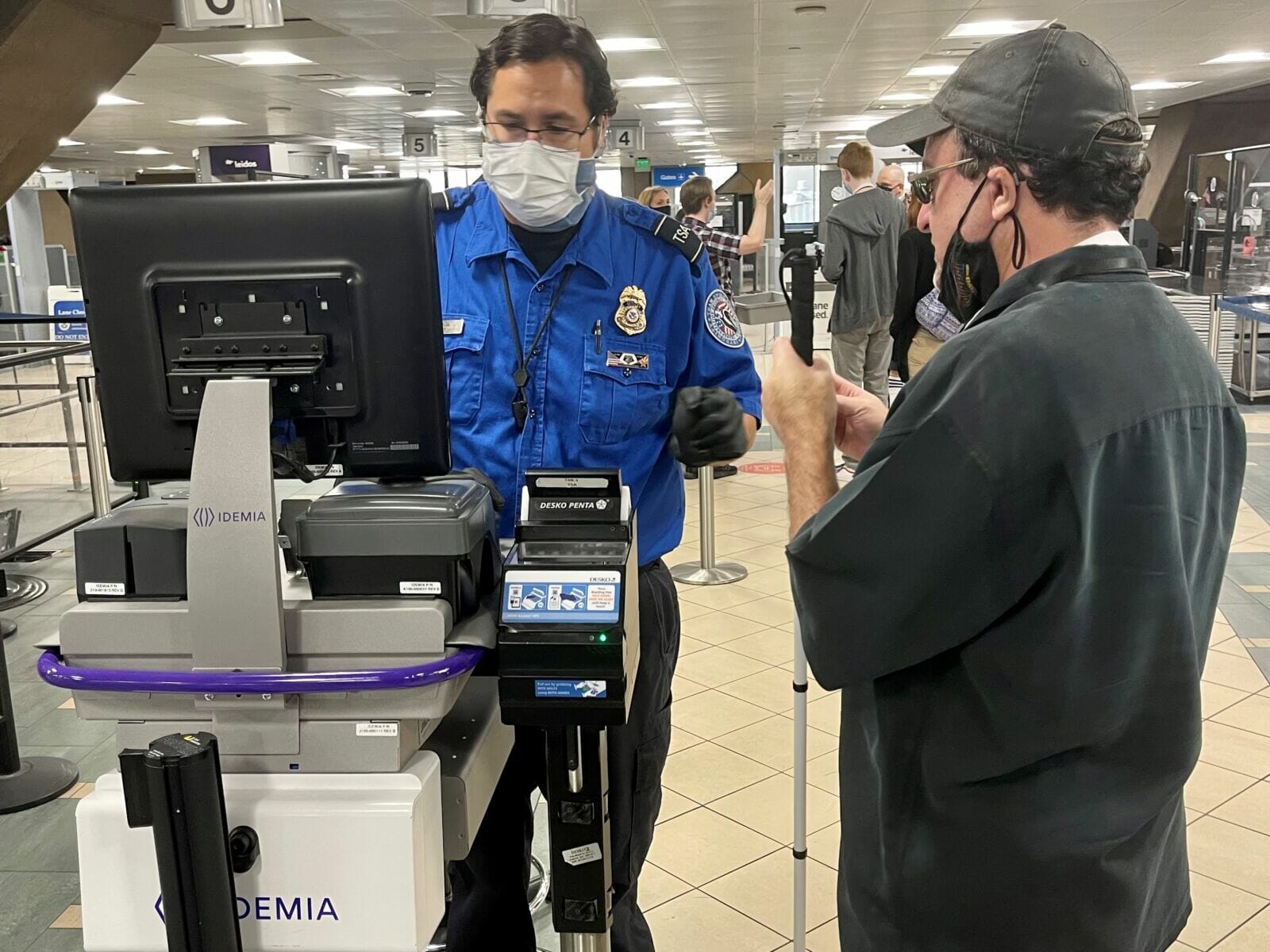Looking both ways before you cross the street is essential to the safety of pedestrians everywhere, but not everyone has the ability to do so.
The City of Phoenix has opted to help these individuals who are visually impaired by having various safety tools accessible across the city.
“There are many resources available for the visually impaired when crossing the street. One is an accessible pedestrian signal that lets people know when it’s safe to cross the street,” said West Lee, a person who is blind and is the assistant technology specialist at the Foundation For Blind Children.
READ ALSO: UA helps visually impaired ‘see’ science
These signals relay information to people through sounds and vibrations to let them know the direction of the crosswalk, when to cross the street, and the name of the intersection in Braille or speech, according to the Accessible Pedestrian Signal Guide.
Organizations like FBC have been pushing Phoenix to install more of the signals throughout the city but costs to install the systems are high which leads to delays in the process, according to Lee.
“With someone who has recently lost their vision and they are trying to learn their way around the city, we want them to feel as safe as possible in their environment as soon as possible. Sometimes the longer it takes for them to learn, the more discouraged they get,” Lee said.
At the entrance of sidewalks and streets, there are dome-like patterns on the ground called truncated domes that help people who are visually impaired indicate if they will be entering an unsafe territory, according to HandiRamp.
Truncated domes are easily detectable by foot, white canes, or even guide dogs, according to Lee.
“The problem comes in when people have secondary or tertiary disabilities,” Lee said. “One of the leading causes of blindness is diabetic retinopathy which could also come with the loss of sensation in your hands. So, something that I would be able to feel with a white cane, like a truncated dome, someone with diabetic retinopathy might not.”
A more expensive but reliable option compared to a white cane is a guide dog. They are trained to alert for hazards or obstacles and basic safety needs, according to Maddy Magrosky, puppy raiser for Guide Dogs for the Blind.
“The dogs go through training for six months that teach them how to guide a person through public and help them out with basic mobility,” Magrosky said.
One of the hardest things to overcome with the adjustment to vision loss is getting people to go out in public and essentially embarrass themselves, according to Lee.
“We cannot see, so we are going to make a mistake,” Lee said. “Say they trip and fall on the sidewalk. They are so embarrassed because they are thinking I wouldn’t have done that if I weren’t blind, except, people trip all the time, we are human!”
In some cases, people think they will no longer be able to cross the street after becoming visually impaired, according to Lee.
Orientation and mobility services that are offered at multiple organizations in Phoenix help teach people how to travel in a safe and effective way using all of their existing senses and assistive devices, according to the Arizona Center for the Blind and Visually Impaired.
Some cities are now implementing a mobile accessible pedestrian system that will allow pedestrians to use their personal devices to know when the light changes and when it’s safe to cross the street, according to Lee.
“If a sighted person can actually see when the light changes, it would be nice for the visually impaired to have the same access to an alert,” Lee said. “Visual impairment is a condition that we all happen to share, but it doesn’t define our ability.”




